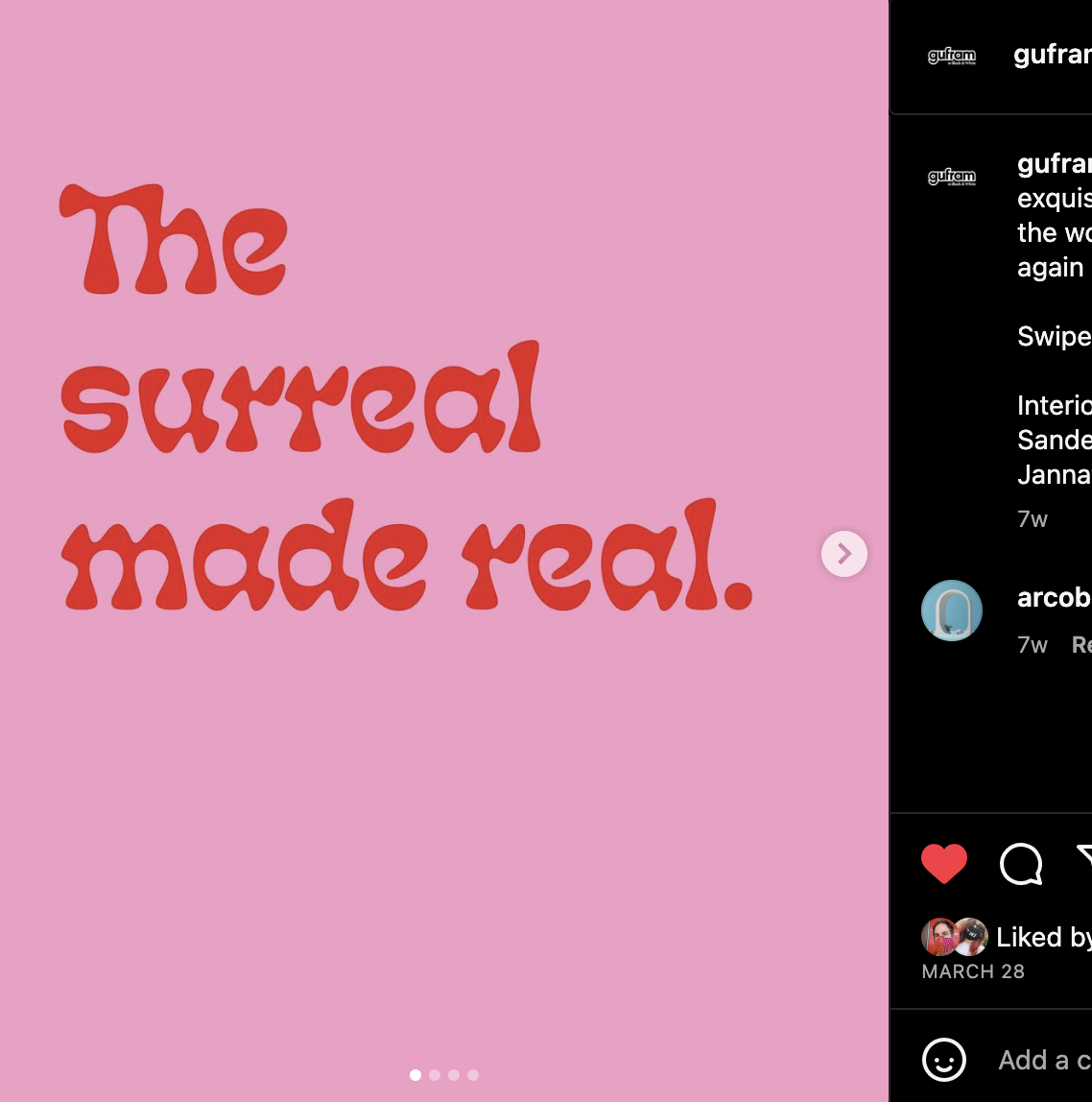3 Tips: To Instantly Improve Your Copy-writing
Writer, curator, and creative director David Eardley shares his tried-and-true tips for growing your copywriting practice.
words by David Eardley

Branding can be a tricky exercise, especially for those of us running our own projects with limited budgets. While most creators know to look to experts for needs like graphics or video when their own skills are insufficient, many scrappy individuals and brands cut corners when it comes to copywriting, translating the ubiquity of writing into the assumption that they can easily just do it themselves—a quick final step before launching their brand.
This isn’t necessarily incorrect: good copywriting can come from anywhere. Impactful copy is creative, dynamic, and engaging, something we’re all capable of. So why do so many startup brands lack memorable copy?
The missing component? Iteration. Developing a brand voice takes time, requiring numerous iterations and team conversations.
Expert copywriting can be hard to come by, but for those of us with limited resources but ample time, there are a few relatively simple practices to put in place that will automatically raise the level of copywriting (even when we’re doing it ourselves). While these tips don't cover every aspect of good copywriting, they're a great place to start—all of these practices I learned on the job and are habits I regularly practice in my own work. Ready? Here are some of my favorite tips to improve your copywriting:
Can you describe your brand in five single words? How about ten? If not, it’s time to take a step back and dig into the world of your brand: what are the most important nouns, adjectives, and verbs that you’d like to be connected to? These words are integral to your brand voice—the building blocks of every piece of copy that comes after.
Start by making a list (literally as long as you can) of every single word that you associate with your brand. After you’ve got a list of at least 30-40 words, make some selects: pick 10-20 that really speak to you, thinking about what words are for internal use and what words make sense for public-facing verbiage. Put this list away for a day, then revisit it daily, adding or subtracting words to refine and elaborate on your brand's identity.

Brand copy lives on the page (or screen, or packaging), and people will be saying it aloud at some point. The relationship between our reading of something and the way it feels in our mouths as we read it aloud is greater than you know. If your copy sounds odd—maybe it turns out to be a consonant-heavy tongue twister when you hear it spoken, or ends too abruptly—it’s going to come back to haunt you.
Let yourself be drawn to words and phrases that both flow and emulate the feeling of your brand. Is it soft, melting off the tongue, or firm and direct, ending in a strong, powerful word or sound?

AI is becoming an increasingly important part of our future, whether we like it or not. Use it as a tool for good writing, not a replacement.
As copywriters, we can often work in isolation for much of the process. While this benefits the purity of our work, it can also lead to spiral mode, where we find ourselves recycling the same phrases and pet words to the point of editorial exhaustion.
While I want to acknowledge the promising but unsettling potential of AI, I would be remiss to write about writing in 2023 and not touch on it. Personally, I’ve found that viewing the developing technology as a thought partner and useful tool for increasing both the diversity and breadth of my writing to be invaluable.
I’ll start writing completely on my own, settling upon words, sentences, and passages I feel drawn to, then invite an AI (in my case, Chat GPT) tool to rephrase my own writing—an extra-smart thesaurus of sorts. While this often leads to an almost-too-wide array of alternative phrasing, it can also result in thoughtful wording that had originally escaped my process and allow me to present my clients with an additional set of wording that is built upon the structure of original thought.
In this way of working, the copywriter becomes both author and curator, freeing themselves from the bubble of their own writing hole. Just remember: at the end of the day, good writing is unique, thoughtful, and personal; AI is a tool and thought partner, but don’t count on it to deeply know your brand or do your work for you.

As a copywriter, I can easily explain to you why you should invest in hiring one, rather than taking a stab at it yourself. But I also want to acknowledge the fact that, as creative directors, sometimes we have to do everything ourselves, and I don’t like gatekeeping. Starting with these three habits will help you raise the level of your writing and also encourage you to think more metacognitively about your writing life, both in branding and beyond.